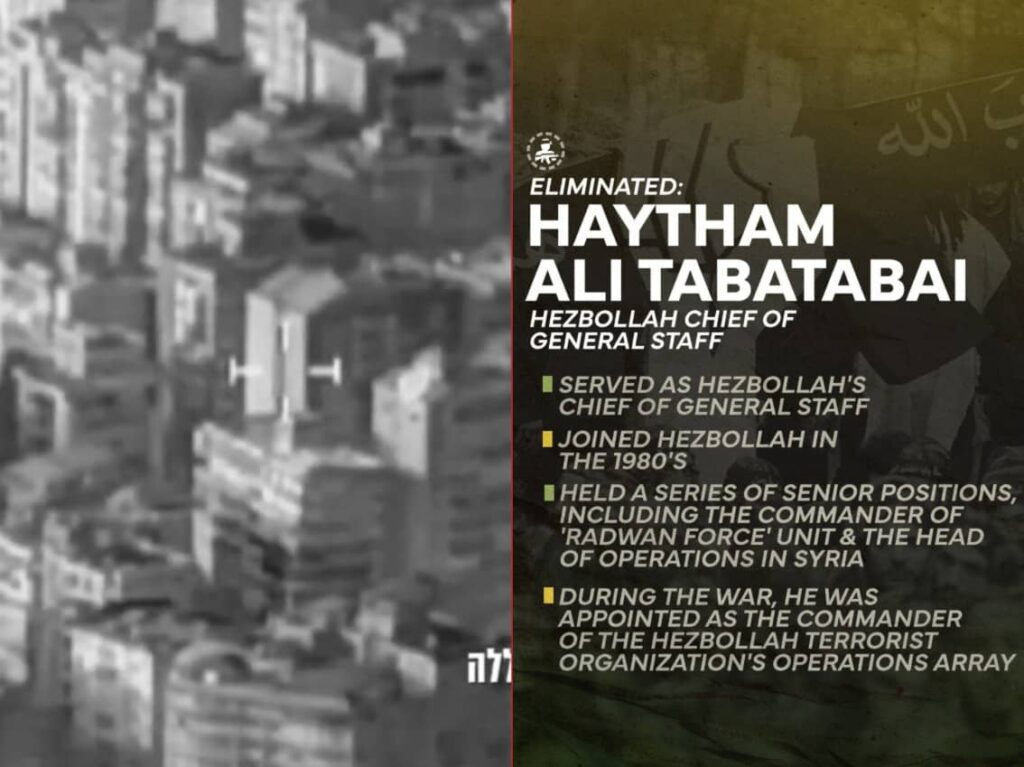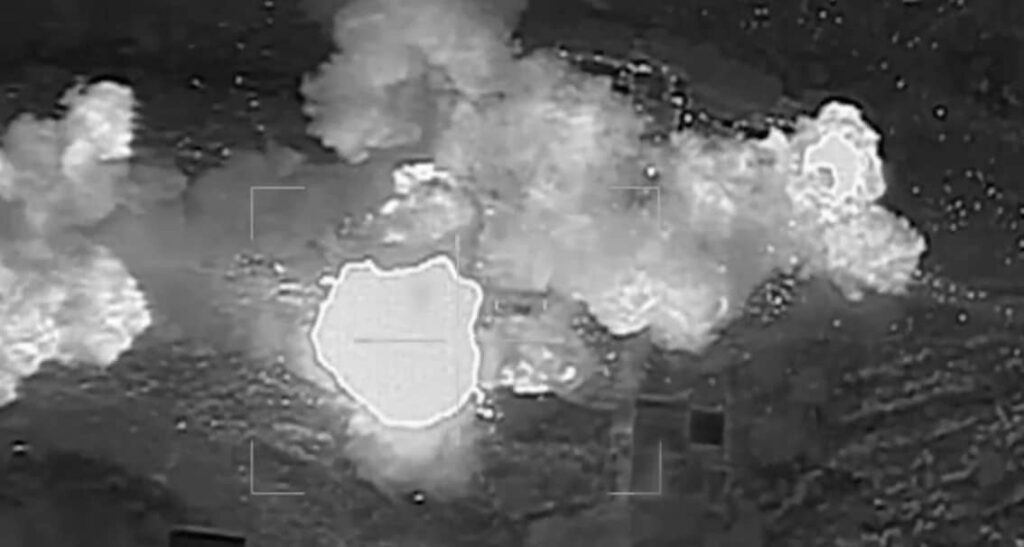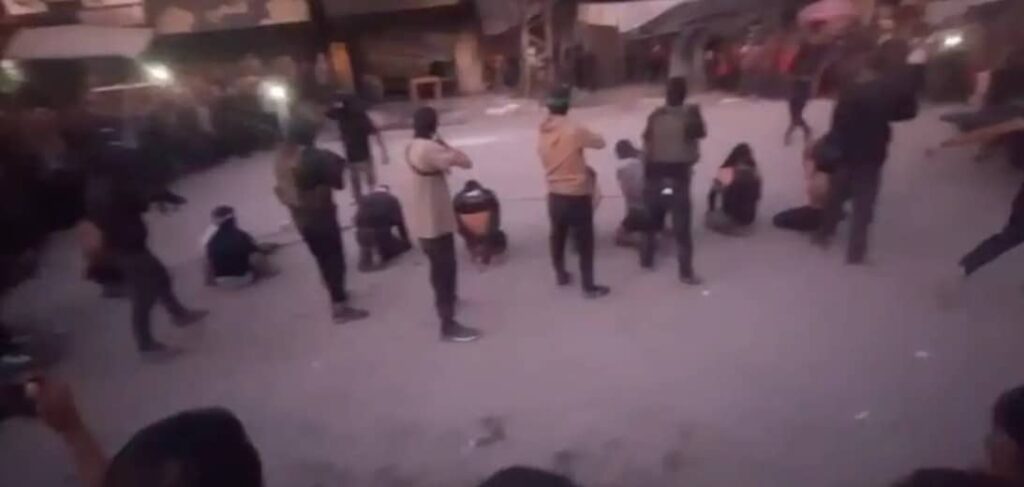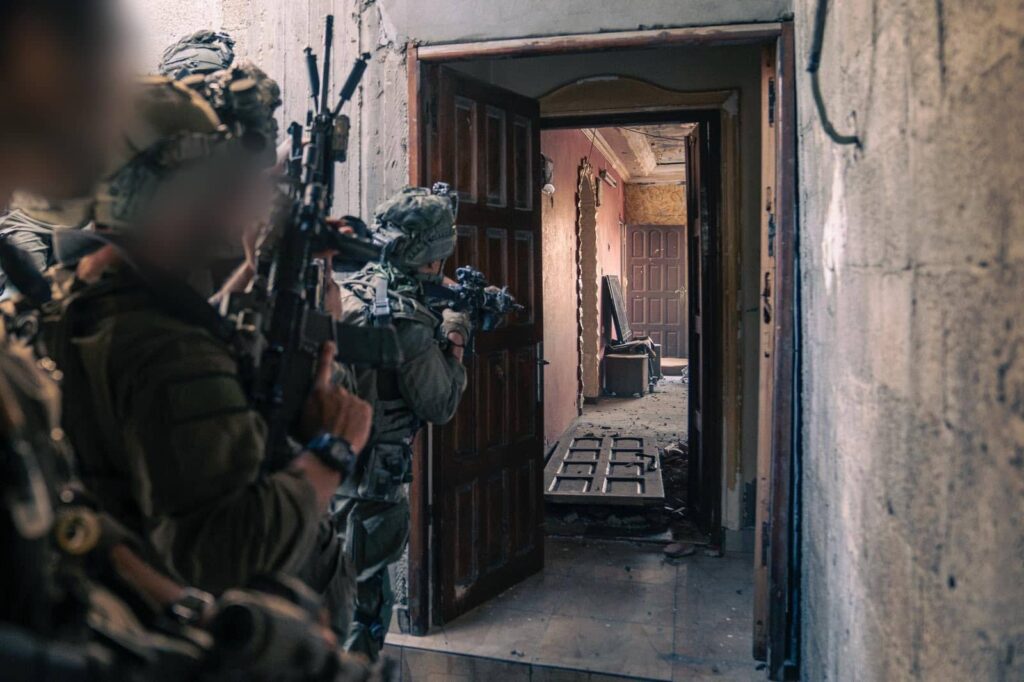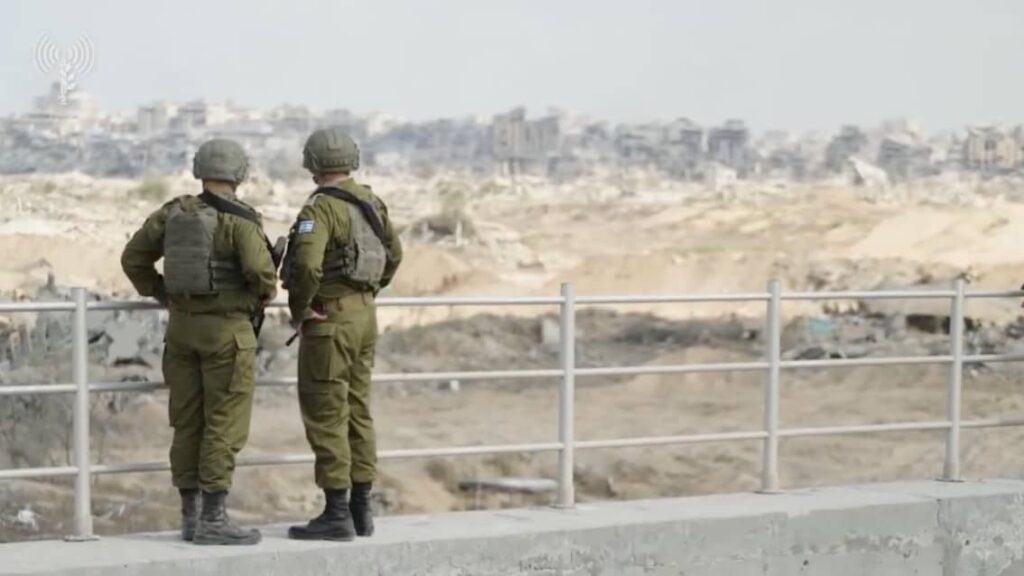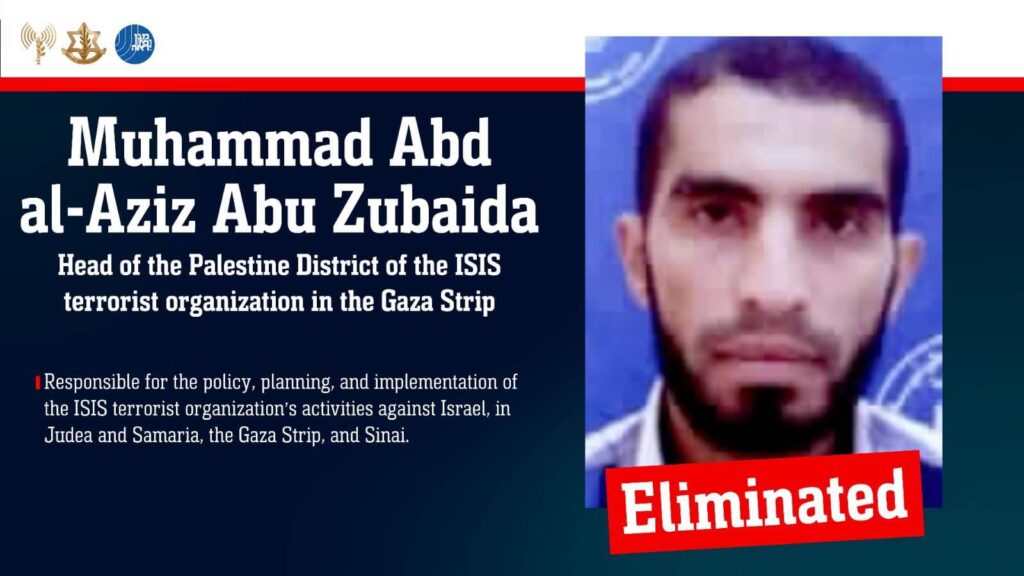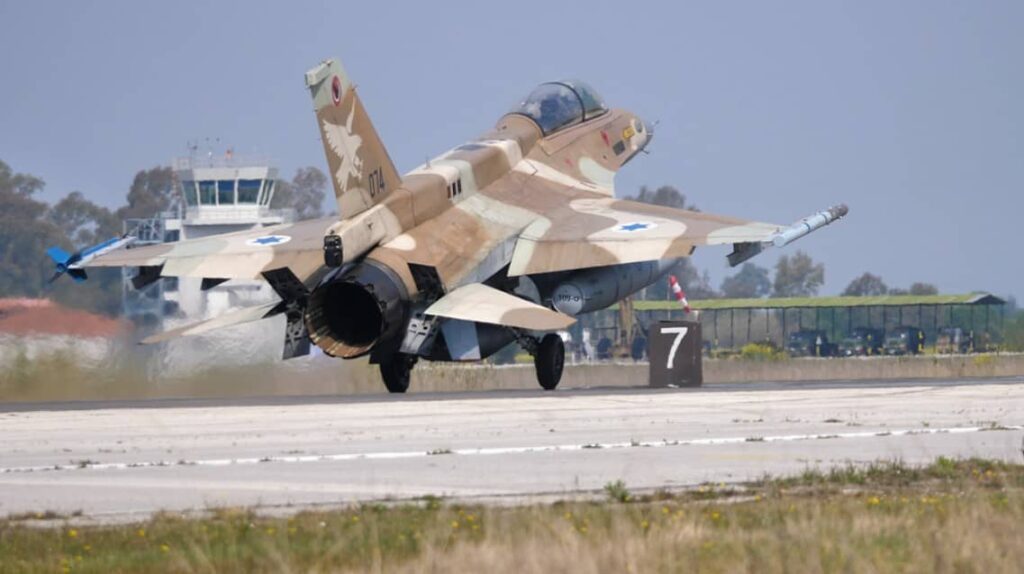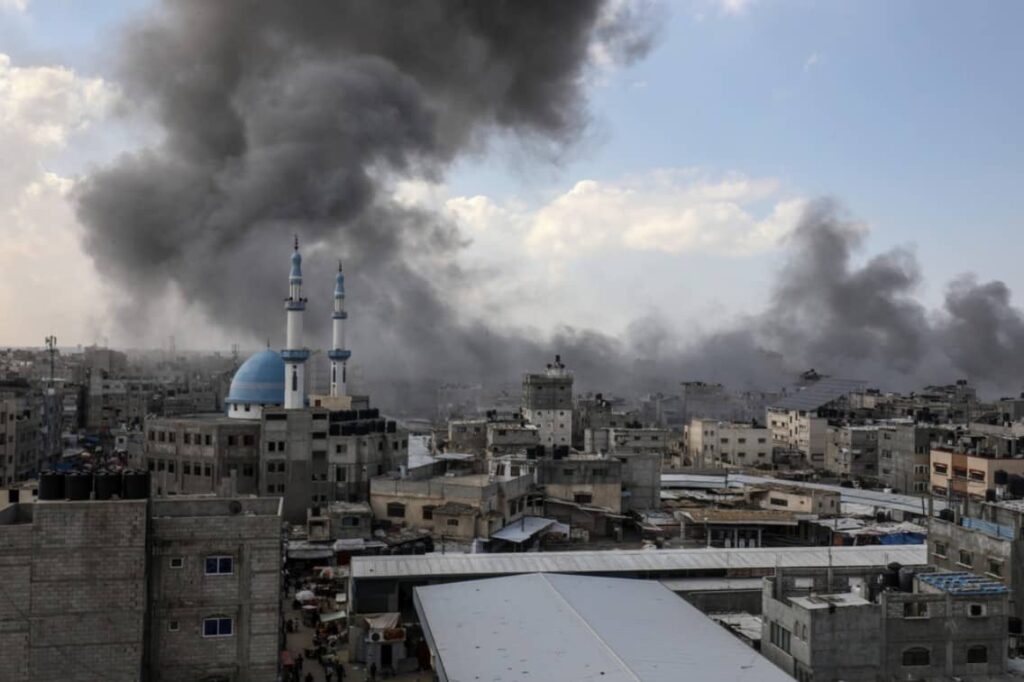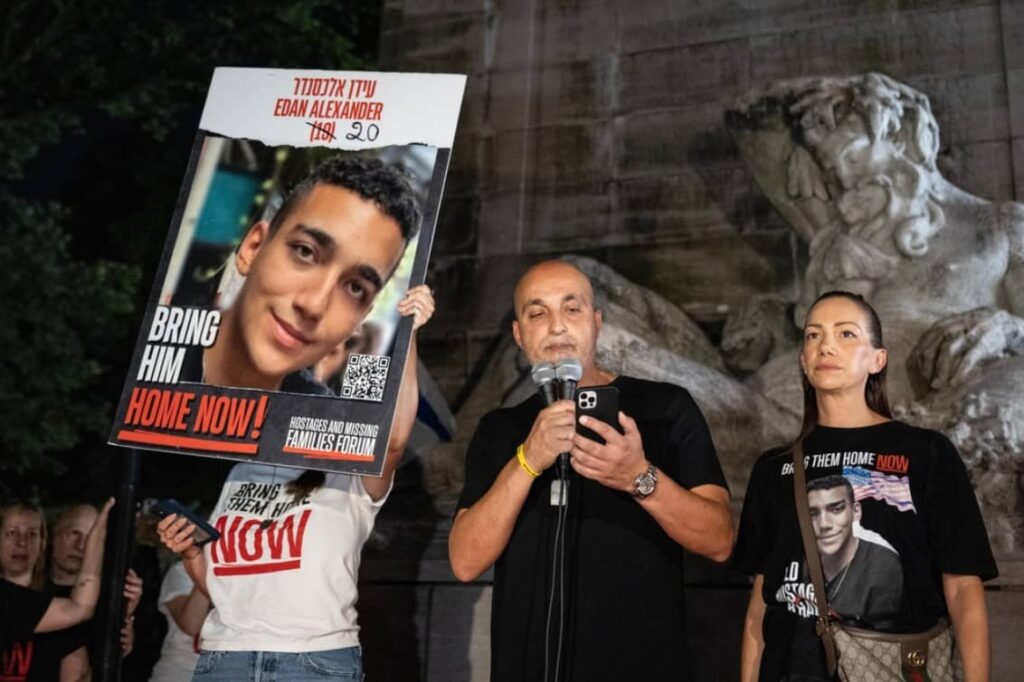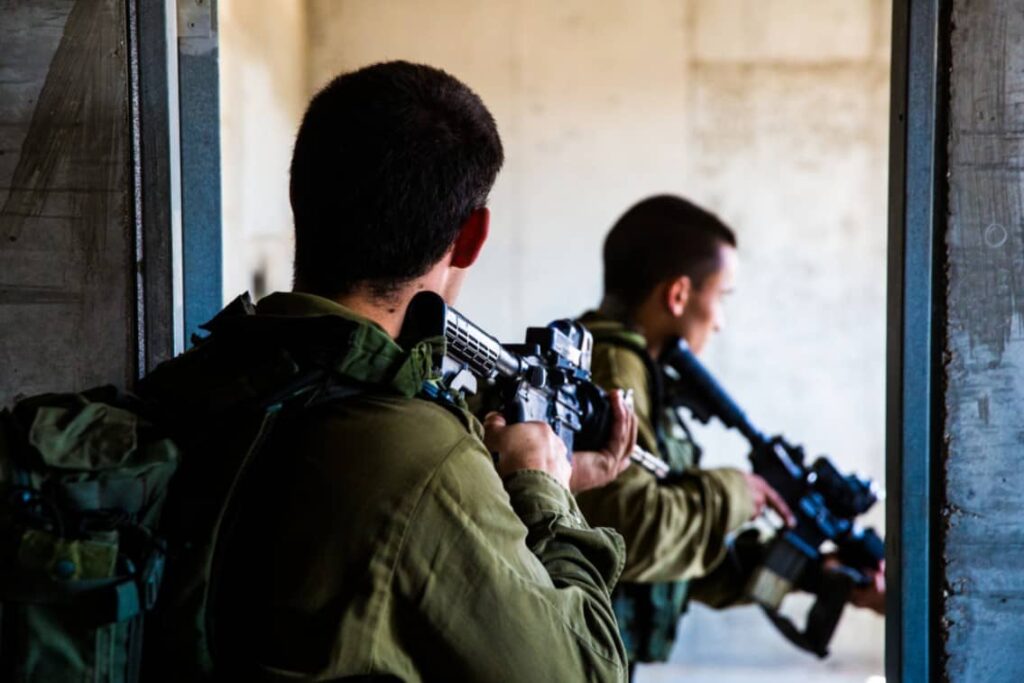Inside the US Intel Dilemma on Gaza a Year After Oct. 7 | Politico
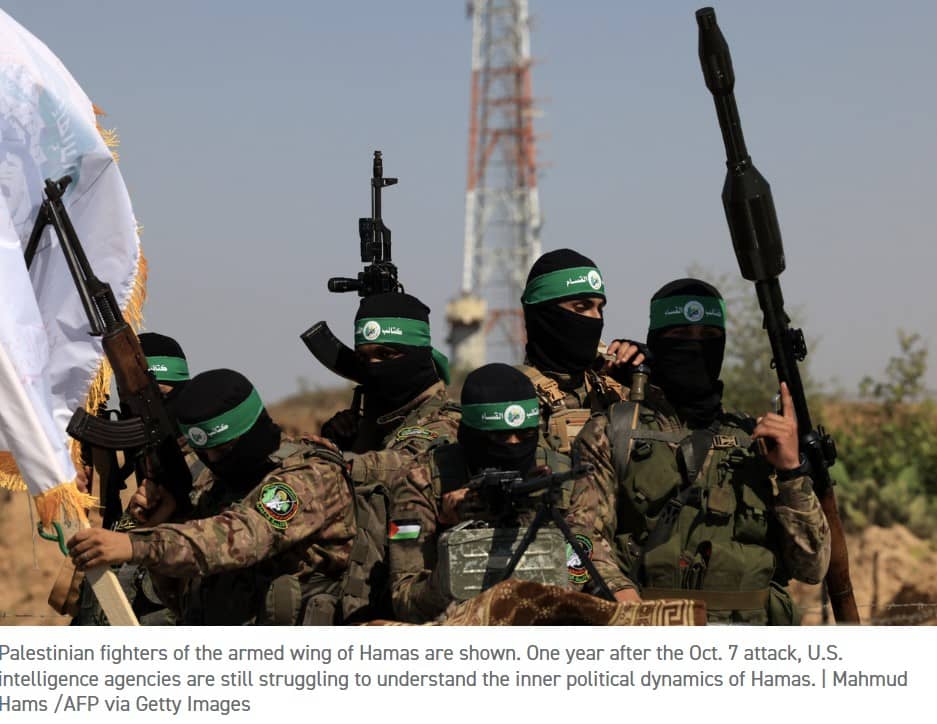
The U.S. has increased its intelligence-gathering in the Gaza Strip since it was caught off guard by the Oct. 7 attack on Israel. But gaps remain on the very type of intelligence that could be essential to finding a path to ending the conflict.
One year after the attack, U.S. intelligence agencies are still struggling to understand the inner political dynamics of the Hamas militant group, whether it’s ready for a cease-fire agreement and its longer-term aspirations for Gaza — all questions that policymakers need to answer as they scramble to avoid a full-scale regional war.
For decades, U.S. administrations chose not to prioritize intelligence collection and analysis on Gaza and Hamas. Despite the improvements, one year isn’t enough time to make up for that, according to current and former intelligence officials.
And since the Oct. 7 attack, the Biden administration has continued to prioritize intelligence gathering on other foreign crises, including the conflict between Israel and Hezbollah, the war in Ukraine and threats from China, officials and lawmakers briefed on the subject said.
“The intelligence community is vast, but so are the number of priorities assigned to its staff,” said Norman Roule, former national intelligence manager for Iran and senior adviser to the Counter Extremism Project. “Absent steady policymaker demand, the system moves resources — and demands on our partners — to targets that are perceived to have greater policymaker interest.”
POLITICO spoke to four current and former senior U.S. officials and three lawmakers and congressional staffers for this story. Most were granted anonymity to speak freely about sensitive intelligence matters.
The large U.S. blind spot in Gaza drew immediate scrutiny in the days following Hamas’ Oct. 7 attack on Israel.
In briefings on Capitol Hill, intelligence officials told lawmakers they were stunned by what Hamas was able to pull off. The assault had taken months if not years to plan, they said. And it killed 30 Americans — the deadliest terrorist attack on U.S. citizens since 9/11. Senior members of Congress pressed for answers: Was the U.S. warned? How could Israel have missed it?
Intelligence officials didn’t have comforting answers for lawmakers: The U.S. had largely relied on Israel for inside information on Gaza — and the Israelis had failed to take seriously some of their own internal warnings. The attack exposed a significant gap in Washington’s intelligence on Gaza and its broader understanding of Hamas, sparking a push to ramp up collection and analysis in the enclave.
Over the last year, American intelligence agencies have done so, deploying drones, satellites and other surveillance tools — such as certain radar devices — to better understand Hamas’ military tactics. All of this has helped Israel locate Hamas’ locations in Gaza.
But those efforts only partly fill the void of information in the region. And officials and lawmakers say policymakers in Washington, including those in the National Security Council, deemed other conflicts as higher priority in the months following the attack.
The fighting between Israel and Hezbollah has been treated as particularly urgent because it could set off a regional war that would pull in U.S. forces.
The administration has also been focused on doing everything it can to help Ukraine advance in its fight against Russia, including by sending it sophisticated weapons to fend off cross-border attacks.
And the White House sees China as an existential threat that can’t be sidelined, even by a war that has killed tens of thousands of people.
But the gaps in intelligence in Gaza could make it harder for the White House to find the right formula for a cease-fire deal. It’s unclear exactly where the U.S. blind spots lie, but public back-and-forth over a U.S.-proposed hostage-release and cease-fire deal have exposed a lack of clarity. Multiple times, the Biden administration has claimed Hamas has accepted a proposal, only to have the group come out and reject it outright (The same has happened with Israel). “When it comes to Hamas — if we miscalculate how they negotiate (and we do), then we end up with mismatched formulas,” said Mickey Bergman, an expert in international hostage negotiations and CEO of Global Reach, a nonprofit that works for the release of Americans detained abroad.
And if a cease-fire deal isn’t reached anytime soon, intelligence into the inner workings of the group would also be essential to figuring out when Hamas is weakened enough that the U.S. — and therefore hopefully Israel — can declare the war won.
The burgeoning conflict between Israel and Hezbollah — the Lebanon-based militant group that is also backed by Iran — is only complicating those machinations. Hezbollah has long said it would pause its battle against Israel only if a cease-fire agreement in Gaza was reached. It’s unclear whether the group’s thinking has changed following Israel’s recent campaign against its positions in Lebanon.
The NSC declined to comment. The CIA and the Office of the Director for National Intelligence also declined to comment.
Former senior American intelligence officials and officers said the U.S. began relying heavily on the Israelis for intelligence on Gaza and Hamas in the late 1990s when Washington began engaging with the Palestinians more directly on the political front. Since then, the U.S. has tasked certain units to track Hamas, the West Bank and Gaza, but those units are often small in comparison to those that cover other countries and issues in the region, the officials said.
The U.S. has long helped fill the gaps with intelligence shared by the Israelis. But the shortcomings of that became obvious on Oct. 7, 2023.
“We called this only an Israeli intelligence failure. We should be clear. This was also an American intelligence failure,” Roule said.
“We called [Oct. 7] only an Israeli intelligence failure. We should be clear. This was also an American intelligence failure.”
–Norman Roule, former national intelligence manager for Iran
American intelligence agencies have long faced multiple roadblocks when it comes to collecting and analyzing information about Gaza. The biggest issue: Gaza is largely closed off from the rest of the world and obtaining credible intelligence from human sources inside is extremely difficult.
“Since ceasing official travel into Gaza in 2003, it was inevitable that US cognizance of Gaza would fade. There is no substitute for boots on the ground in terms of intelligence collection,” said Ted Singer, a former senior intelligence officer at the CIA. “And recruiting and handling sources in a denied area is dangerous, both physically and from a counterintelligence perspective, both to the case officer and the agent.”
That’s become even more difficult since the Oct. 7 attacks. The enclave is completely closed off now — even aid groups and journalists are finding it difficult to get in, making it harder to recruit human assets.
American officials, diplomats and agents have faced problems getting into Gaza. And Palestinians often face problems obtaining permits that would allow them to leave the enclave.
Without exhaustive information from human sources — including in Gaza and in other Middle East capitals in the region — intelligence officials have had to turn elsewhere to try to understand the inner workings of Hamas.
Details on how the U.S. is currently collecting data on Hamas are murky.
But current U.S. officials and lawmakers, who couldn’t give specifics on collection because the information is classified, broadly outlined how Washington is working to gather more information inside Gaza.
While Israel has its own satellite program, American satellites are far more sophisticated. The U.S. has helped Israel by sharing images from its satellites to help the country’s military forces detect tunnels and other Hamas command centers. Satellite imagery has also guided U.S. policy around humanitarian assistance and access issues inside Gaza. The U.S. is also using its drones for similar intelligence collection.
It’s unclear the extent to which the U.S. has relied on its digital spying authority — Section 702 of the Foreign Intelligence Surveillance Act — to collect information on Gaza.
That statute allows intelligence agencies to read emails and other electronic communications of foreigners abroad. It’s likely the U.S. is using the authority in some capacity, former officials said, but in recent years, leaders of the Iranian proxy groups, including Hamas, have largely stayed away from cellphones. They’ve instead used pagers and other forms of communications, such as walkie-talkies in an effort to better avoid U.S. monitoring.
Current and former officials said the U.S. is also using publicly available material for its intelligence analysis, including reports from human rights and aid organizations as well as local journalists. While some in the intelligence community view such information as less reliable, others argue it is crucial to understanding the situation on the ground in Gaza today.
The war in Gaza has killed tens of thousands of people and the humanitarian crisis in the enclave continues to deteriorate, aid groups say.
In the days after Oct. 7 lawmakers on Capitol Hill pushed the administration to stop outsourcing intelligence collection to the Israelis. There was a deep sense inside the halls of Congress, especially on the intelligence committees, that more needed to be done to rectify Washington’s understanding of the situation on the ground. And to some lawmakers, the Israelis couldn’t be trusted — at least on the issue of Hamas.
Those same lawmakers have pressed the intelligence community for continual briefings on the conflict, pressing intelligence officials for information on what exactly the U.S. is collecting and how it is being used by policymakers.
Details of those conversations are sparse, but it appears the intelligence agencies, though they’ve increased their collection in the enclave, have further expanded their intelligence sharing relationship with Israel.

